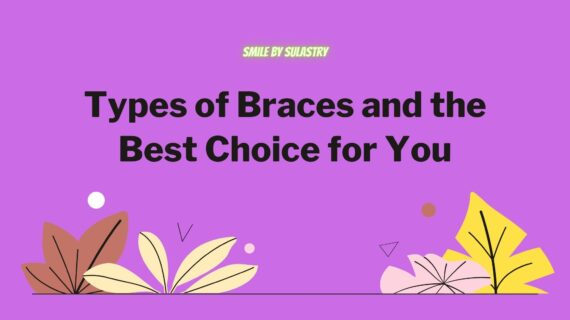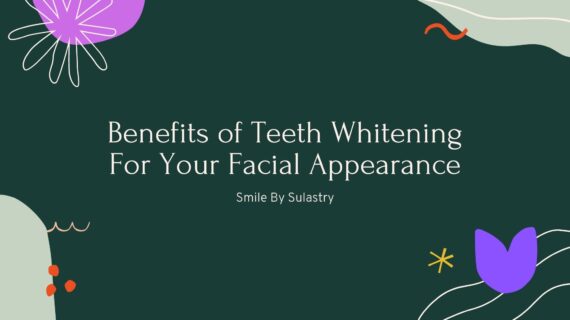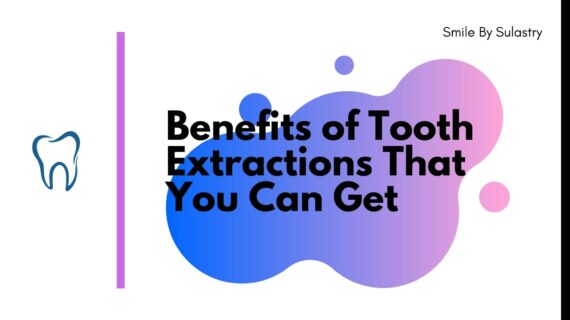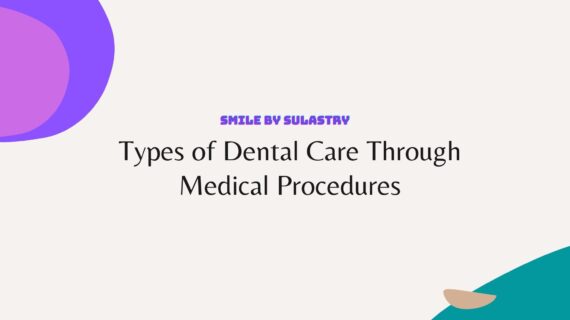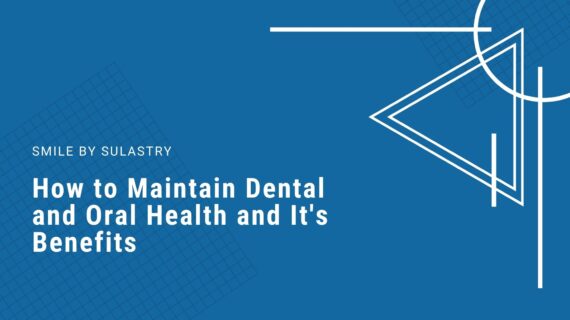Braces are a way to straighten or move teeth, improving their appearance and how they work. It can also help you maintain healthy teeth and gums in the long term and make eating more comfortable, by spreading the bite pressure all over your teeth.
Braces work by applying pressure to the teeth, to slowly move them in the right direction. When the pressure comes into play, the bones in the jaw change to allow the teeth and roots to move.
Also Read Dental Criteria That Can Use Braces For Maximum Results
Types Of Braces
Most braces are made of metal, but some are made of ceramic or plastic. They are designed to be comfortable, but can rub your mouth or make it hurt. In addition, your teeth may feel tender or sore when they start moving. This problem usually doesn’t last long (a few days at most). This may happen at the start of your treatment or when your brace has been adjusted.
Your braces may feel big in your mouth at first, but it’s important to remember that your mouth will adapt and get used to it. They’re there to guide your teeth into new and proper positions, but they’ll only do this if you keep wearing them.
1. Metal Braces
Traditional braces or metal braces, made of high-grade stainless steel, are the most common type of braces. They have grown to be lighter and more comfortable than before. The metal brackets are attached to the teeth using orthodontic cement and connected together by curved wires. Small elastic ties are used to keep the archwire in place and can be silver or colored. As our patient, you have the option of customizing your traditional braces by adding colored elastic straps.
Metal braces is most popular with pediatric and adolescent patients. They work by attaching braces to teeth and connecting them with wires. The wires are tied to the braces using elastic binders, which are available in a variety of colors to choose from. To move your teeth, the orthodontist will make the wire adjustments you promised every 4-8 weeks.
2. Ceramic Braces
Ceramic braces are braces made of clear, tooth-colored material. They work the same way as metal braces, but are more hidden and less visible. Ceramic braces are most popular with patients who think Invisalign or lingual braces are inappropriate, but still want to straighten their teeth in a discreet and affordable way. These patients tend to be aesthetically oriented adolescents and adults.
Compared to metal braces, ceramic braces are less visible and are an affordable alternative to metal braces. However, you should know that they are also slightly larger than metal braces and can stain depending on your diet and brushing habits.
3. Self-ligating Brace
Self-ligating braces work in conjunction with metal and ceramic braces and are available in metal or clear / ceramic materials. They also rely on braces and braces to move teeth. The difference between self-ligating braces compared to metal or ceramic braces is that self-ligating braces use a door or clip to hold the wire in place, not an elastic rubber band.
4. Lingual Braces
Also called inner braces, lingual braces are custom-made brackets designed to fit into the inner contours of each tooth. A wire holds the brackets together and pulls the teeth into position by pulling from the inside. Just as effective as standard outer braces, but take longer to fit as each bracket has to be custom made. Appointments with lingual braces may also need to be more frequent and take longer than traditional braces. Lingual braces may also be more difficult to keep clean and can affect speech in some patients.
This braces are most common among adults who are aware of their appearance with traditional braces, especially in the workplace. Lingual braces can hardly be detected but the user may need to wear a rubber band for people to see.
5. Invisalign
Invisalign is great for patients who had braces when they were young and just needed “repair”, as well as for patients who have mild to moderate dental problems such as misaligned teeth, large bites, no problems with jaw alignment, and who have gaps in the teeth. their front teeth (open bite). But any clear straightener system including Invisalign has significant limitations compared to braces when dealing with difficult problems or comprehensive care.
For more complex problems, lingual braces behind the teeth or a combination of Invisalign and lingual braces can offer a unique and aesthetic treatment solution. We can provide you with more personalized information on your free initial check.
Which is the right choice for you?
It’s not just the aesthetics of the braces that will determine which one you choose. There are several factors that you should consider including cost, cleanliness, and finish.
Aesthetics
Some patients don’t have to worry about how they look with braces. They can stay self-conscious about braces long after everyone forgets them. However, if the appearance of braces is your concern, consider invisible or barely visible lingual or ceramic braces.
Estimate
Some treatment options are more expensive than others. If you are not the one paying for them, you may want to check if some options are not possible due to the additional costs.
Due to the technology required to adjust brackets and the time it takes in the laboratory to make brackets, the cost of lingual braces is higher than other orthodontic treatments. Ceramic braces are more expensive than metal braces because of the material.
Conclusion
In most cases, orthodontic treatment works well, but you have to commit to your treatment for it to work. Follow the instructions given by your orthodontist.
When you wear braces, you have to be more careful about what you eat. To give your braces the best chance to improve your teeth, cutting back on sweet and sour foods is a must. This is because braces can trap food debris and cause more plaque to build up than usual. Plaque is a thin, sticky layer of bacteria that builds up on your teeth.
References
- https://www.theorthodontists.com.au/blog/different-types-of-braces-are-available-which-is-best-for-you
- https://oralb.com/en-us/oral-health/life-stages/braces/types-of-braces/
- https://bellevueorthodontist.com/types-of-braces/
- https://www.fullertonfamilyorthodontics.com/types-of-braces.html
- https://www.dentalhealth.org/safebrace-what-are-braces-and-what-do-they-do
